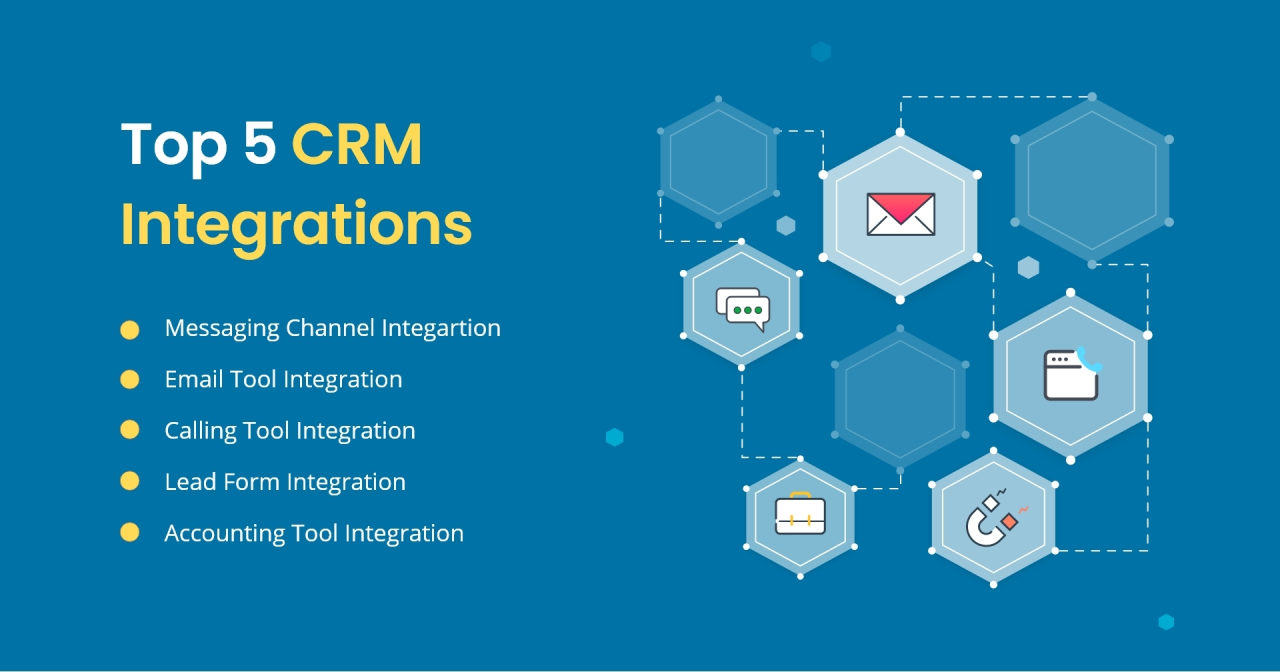Best CRM ever isn’t a simple title; it reflects the ongoing quest for the ideal customer relationship management solution. Choosing the right CRM depends heavily on individual business needs, from the size of your operation to your specific sales and marketing strategies. This exploration delves into the key features, integrations, and considerations to help you navigate the world of CRM software and find the perfect match for your unique requirements.
We’ll explore what constitutes a “best” CRM, examining essential features, user experience, security, and scalability, all crucial aspects for optimal performance.
Understanding the nuances of CRM software requires considering various factors. The “best” CRM is subjective and depends on your company’s size, industry, and specific goals. This guide will help you define your needs, evaluate different platforms based on your priorities, and ultimately choose a system that enhances your efficiency and strengthens customer relationships.
Defining “Best CRM Ever”
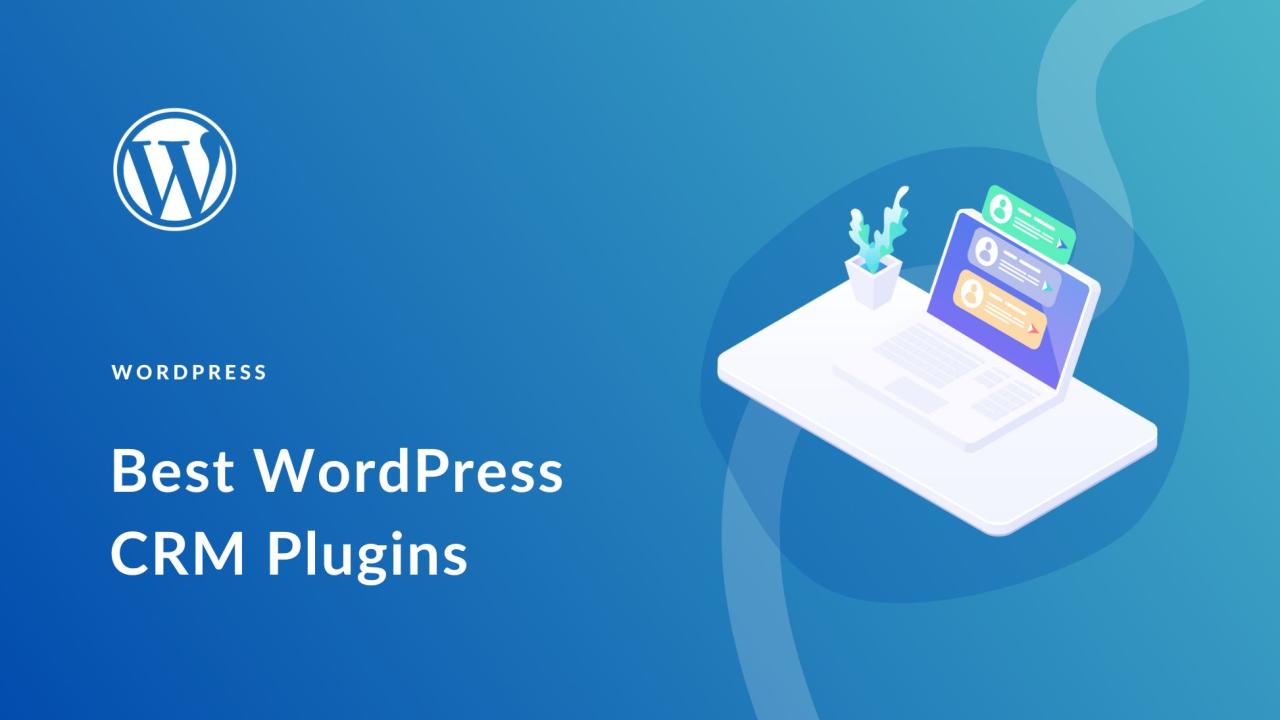
The term “best CRM ever” is inherently subjective. What constitutes the ideal CRM system varies significantly depending on the specific needs and priorities of the user or organization. There is no single solution that universally fits every business scenario. Choosing the right CRM requires a careful consideration of various factors, including budget, features, scalability, and integration capabilities.
Identifying essential CRM features and understanding diverse user needs are crucial steps in this selection process. A comprehensive evaluation should involve a clear understanding of the business context and the desired outcomes from CRM implementation.
Essential CRM Features Categorized by Importance
CRM features can be categorized by their importance to achieve different business goals. Prioritizing these features based on your specific requirements is key to selecting the right CRM.
- High Importance: Contact management (including detailed contact information, interaction history, and segmentation capabilities), lead management (lead scoring, nurturing workflows, and conversion tracking), sales pipeline management (visual representation of sales progress, forecasting, and reporting).
- Medium Importance: Reporting and analytics (customized dashboards and reports for performance tracking), email integration (sending and receiving emails directly within the CRM), task and activity management (scheduling, assigning, and tracking tasks).
- Low Importance (but potentially valuable): Social media integration (monitoring social media activity related to leads and customers), mobile accessibility (accessing CRM data from mobile devices), customer support features (ticketing system, knowledge base integration).
CRM User Personas and Their Varying Needs, Best crm ever
Different user roles within an organization will have different needs and priorities when it comes to CRM functionality. Understanding these varying needs helps in choosing a system that effectively serves the entire team.
- Sales Representative: Requires strong lead management, pipeline visibility, contact management, and reporting features to track performance and forecast sales.
- Marketing Manager: Needs robust lead nurturing capabilities, campaign management tools, and detailed analytics to measure marketing ROI and optimize campaigns. Integration with marketing automation platforms is often crucial.
- Customer Service Representative: Prioritizes features that facilitate efficient ticket management, knowledge base access, and customer interaction tracking to improve response times and customer satisfaction.
- Sales Manager: Focuses on high-level reporting, sales forecasting, team performance monitoring, and pipeline management to drive overall sales growth.
CRM Pricing Model Comparison
Different CRM vendors offer various pricing models to cater to businesses of all sizes and budgets. Understanding these models is crucial for making an informed decision.
| Feature | Free | Freemium | Enterprise |
|---|---|---|---|
| User Limits | Very Limited (e.g., 1-2 users) | Limited (e.g., 5-10 users) | Unlimited or very high limits |
| Storage Capacity | Very Limited | Limited | High, often scalable |
| Features | Basic contact management, limited reporting | More features than free, but often with limitations | Full feature set, advanced customization, integrations |
| Support | Limited or no support | Basic support | Dedicated support team, priority access |
| Pricing | Free | Monthly or annual subscription fee | Significant upfront cost and ongoing subscription |
Top CRM Features and Functionality
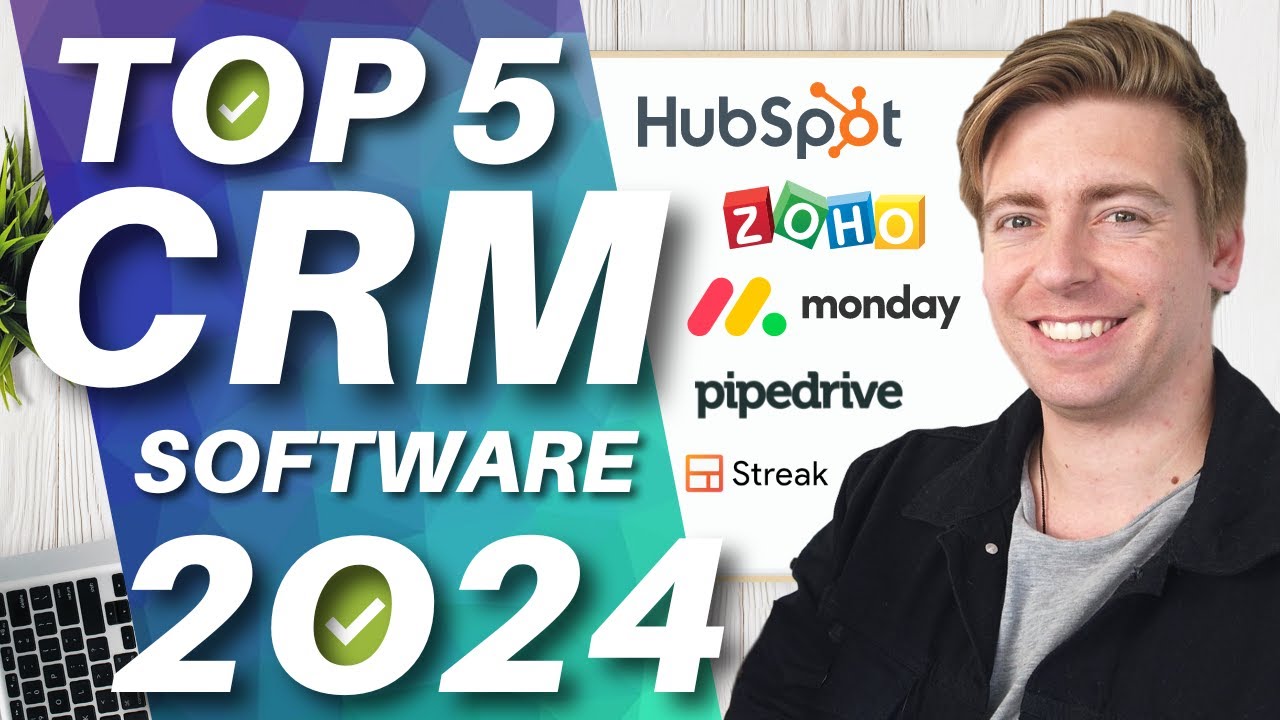
A robust CRM system goes beyond simple contact storage; it’s a powerful tool for managing relationships, streamlining sales processes, and ultimately driving business growth. The features and functionalities described below represent key components of a truly effective CRM, enabling businesses to optimize their operations and achieve significant improvements in efficiency and profitability.
Contact Management
Effective contact management is the bedrock of any successful CRM strategy. A well-designed CRM system allows for centralized storage and organization of all customer interactions, including contact details, communication history, and purchase records. This centralized repository eliminates data silos, ensuring all team members have access to a complete and consistent view of each customer. This facilitates personalized communication, targeted marketing campaigns, and improved customer service, fostering stronger customer relationships and increased loyalty.
The ability to segment contacts based on various criteria (demographics, purchase history, engagement levels) allows for highly targeted marketing efforts, maximizing the return on investment for marketing campaigns.
Sales Pipeline Management and Forecasting
Sales pipeline management within a CRM system provides a clear, visual representation of the sales process. This allows sales teams to track deals at each stage, identify bottlenecks, and proactively address potential issues. Forecasting capabilities, often integrated with pipeline management, leverage historical data and current pipeline status to predict future revenue. This enables better resource allocation, more accurate budgeting, and informed business decisions.
For example, a CRM might predict a 15% increase in sales next quarter based on the current pipeline’s momentum and historical conversion rates from similar stages. This predictive power allows businesses to prepare for growth and adjust strategies as needed.
Features Improving Customer Relationship Management and Retention
Several CRM features directly contribute to enhanced customer relationships and improved retention rates. These include features such as: personalized communication tools enabling targeted messaging based on customer preferences and behavior; robust reporting and analytics dashboards, providing insights into customer interactions and identifying areas for improvement; and integrated support ticketing systems, ensuring efficient and timely responses to customer inquiries.
For example, a CRM might analyze customer purchase history to identify upselling or cross-selling opportunities, thereby increasing customer lifetime value. Furthermore, the ability to track customer satisfaction through surveys and feedback mechanisms allows for continuous improvement in service delivery.
CRM Automation Features
Automation is a critical component of a high-performing CRM. Various automation features significantly improve efficiency and productivity.
- Email Marketing Automation: This feature allows for the creation and scheduling of automated email campaigns, personalized based on customer segmentation and behavior. This can include welcome emails, follow-up emails after purchases, and targeted promotional emails.
- Task Automation: Automating tasks such as lead assignment, follow-up reminders, and report generation frees up valuable time for sales and marketing teams to focus on strategic initiatives. For instance, a CRM can automatically assign new leads to the appropriate sales representative based on geographic location or industry.
- Social Media Integration: Connecting the CRM to social media platforms allows for monitoring brand mentions, engaging with customers, and tracking social media campaigns. This integrated approach provides a holistic view of customer interactions across various channels.
CRM Integration and Ecosystem
A truly effective CRM isn’t a standalone system; it thrives within a network of integrated tools, enhancing efficiency and providing a holistic view of customer interactions. Seamless integration with other business applications streamlines workflows, reduces manual data entry, and ultimately improves the overall customer experience. This section explores the crucial role of CRM integration and the importance of a robust application ecosystem.
Integrating your CRM with other business tools offers significant advantages. For example, connecting your CRM to your email client allows for automatic logging of emails and the tracking of communication history with each customer. Similarly, calendar integration ensures appointments and tasks related to clients are readily accessible within the CRM, preventing scheduling conflicts and improving time management. Marketing automation integration enables targeted campaigns based on customer segmentation and behavior data held within the CRM, resulting in more effective marketing strategies and higher conversion rates.
Essential CRM Integrations for Different Business Sizes
The optimal CRM integration strategy varies depending on business size and specific needs. Smaller businesses might prioritize core integrations, while larger enterprises require a more extensive ecosystem.
The following list Artikels essential integrations categorized by business size:
- Small Businesses: Email marketing platforms (Mailchimp, Constant Contact), accounting software (Xero, QuickBooks), and calendar applications (Google Calendar, Outlook).
- Medium Businesses: All of the above, plus marketing automation platforms (HubSpot, Marketo), live chat software (Intercom, Drift), and potentially customer support ticketing systems (Zendesk, Freshdesk).
- Large Enterprises: All of the above, plus enterprise resource planning (ERP) systems (SAP, Oracle), business intelligence (BI) tools (Tableau, Power BI), and potentially custom-built integrations for specific internal processes.
Comparison of API Capabilities of Popular CRM Platforms
A robust Application Programming Interface (API) is critical for seamless integration. The following table compares the API capabilities of some popular CRM platforms. Note that API capabilities are constantly evolving, so it’s crucial to consult the latest documentation from each vendor for the most up-to-date information.
| CRM Platform | API Type | Documentation Quality | Ease of Use |
|---|---|---|---|
| Salesforce | REST, SOAP | Excellent | Good |
| HubSpot | REST | Good | Good |
| Microsoft Dynamics 365 | REST, OData | Good | Moderate |
| Zoho CRM | REST | Good | Good |
Importance of a Robust CRM App Ecosystem
A thriving app ecosystem significantly enhances a CRM’s functionality and value. Access to a wide range of third-party integrations allows businesses to tailor their CRM to their unique needs, extending its capabilities beyond the core features. A robust ecosystem also fosters innovation, with new integrations continually emerging to address evolving business requirements. For example, a company using a CRM might integrate with a specialized e-commerce platform to gain real-time sales data and customer insights directly within the CRM, leading to more efficient inventory management and proactive customer service.
The availability of readily available connectors and a supportive developer community further contributes to the overall ease of use and extensibility of the CRM system.
User Experience and Interface Design
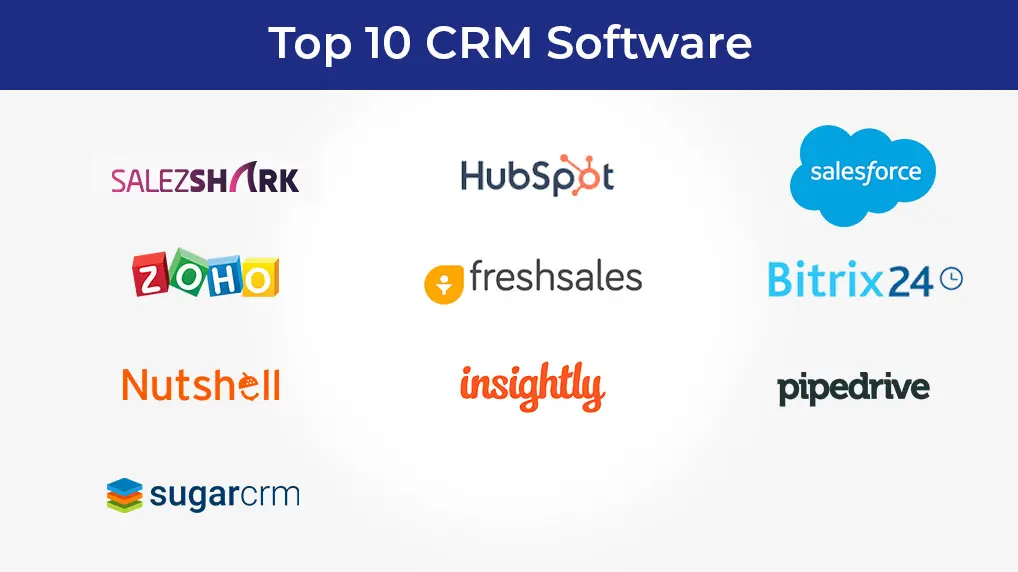
A truly best-in-class CRM prioritizes user experience, recognizing that a poorly designed interface can hinder productivity and adoption. Intuitive navigation, clear data visualization, and personalized settings are crucial for maximizing user satisfaction and ensuring the CRM becomes a valuable asset, not a frustrating obstacle. The goal is to create a seamless workflow that empowers users to manage their customer relationships efficiently and effectively.An intuitive and user-friendly CRM interface is characterized by its simplicity, clarity, and efficiency.
It should be easily navigable, with clearly labeled buttons and menus. Information should be presented in a logical and consistent manner, allowing users to quickly find the data they need. Customization options, such as personalized dashboards and views, should be readily available, enabling users to tailor the interface to their individual workflows and preferences. The overall aesthetic should be clean and uncluttered, avoiding unnecessary visual distractions.
Effective CRM Dashboard Designs
Effective CRM dashboards provide a centralized, at-a-glance view of key performance indicators (KPIs) and critical data. A well-designed dashboard might feature a visually appealing representation of sales pipeline progress, using a bar chart showing the stages of the sales process and the number of deals in each stage. Key metrics like conversion rates, average deal size, and revenue generated could be displayed prominently using clear, concise numerical representations and potentially color-coded to highlight areas requiring attention.
Furthermore, a section could show a geographical distribution of customers using an interactive map, allowing for quick identification of high-performing regions or areas needing further market penetration. Finally, a customizable widget area would allow users to add personalized charts or graphs displaying data relevant to their individual roles or responsibilities. For example, a sales representative might add a widget showing their individual sales performance compared to their targets.
CRM Onboarding and Training Best Practices
Successful CRM implementation hinges on effective onboarding and training. A phased approach, starting with a concise overview of the system’s core functionality, followed by more in-depth training modules focusing on specific features and workflows, is recommended. Hands-on training sessions, incorporating real-world scenarios and practical exercises, are significantly more effective than passive lectures. Providing readily accessible online resources, such as video tutorials, FAQs, and user manuals, ensures ongoing support and allows users to revisit key concepts at their own pace.
Regular check-ins and feedback sessions allow for identification and resolution of any challenges users might encounter. Furthermore, creating a dedicated community forum or internal knowledge base encourages peer-to-peer learning and fosters a collaborative environment.
Comparison of CRM User Interface Designs
Salesforce, HubSpot, and Zoho CRM represent three leading platforms with distinct interface approaches. Salesforce, known for its extensive functionality, often presents a more complex interface with numerous features and options, which can be overwhelming for new users. HubSpot, aiming for a user-friendly experience, prioritizes simplicity and ease of navigation, often featuring a cleaner, more intuitive design with a focus on key functionalities.
Zoho CRM, while offering a robust feature set, generally presents a more streamlined interface than Salesforce, though potentially less visually engaging than HubSpot. The optimal choice depends on the specific needs and technical proficiency of the user base. A company with highly technical sales teams might find Salesforce’s comprehensive features beneficial, while a smaller business might prefer HubSpot’s simpler design.
Security and Data Privacy in CRM
In today’s data-driven world, the security and privacy of customer information are paramount. A CRM system, being the central repository of valuable customer data, must prioritize robust security measures to protect against unauthorized access, breaches, and data loss. Failing to do so can lead to significant financial losses, reputational damage, and legal repercussions. This section details the importance of data security in a CRM context, best practices for securing data, potential risks associated with cloud-based solutions, and a checklist for evaluating a CRM’s security features.Data security and privacy are critical components of a successful CRM implementation.
The consequences of a data breach can be devastating, impacting not only the business’s financial stability but also its reputation and customer trust. Strong security measures are essential to protect sensitive customer information, comply with relevant regulations (like GDPR and CCPA), and maintain a competitive edge in the marketplace. A well-secured CRM fosters customer confidence, encourages data sharing, and ultimately drives business growth.
Best Practices for Securing CRM Data
Implementing robust security measures requires a multi-layered approach. This involves technical safeguards, employee training, and regular security audits. A strong password policy, multi-factor authentication, and access control mechanisms are crucial first steps. Regular software updates and patching are also vital to address known vulnerabilities. Data encryption, both in transit and at rest, is essential to protect data from unauthorized access even if a breach occurs.
Furthermore, regular security audits and penetration testing help identify and address potential weaknesses before they can be exploited. Finally, a comprehensive incident response plan is crucial for effectively handling any security incidents that may arise.
Potential Security Risks of Cloud-Based CRM Solutions
While cloud-based CRMs offer many advantages, they also introduce unique security risks. Data breaches targeting cloud providers are a significant concern, as a compromise could affect multiple clients simultaneously. The reliance on a third-party provider for security necessitates careful vetting of the provider’s security practices and certifications. Data sovereignty and compliance with regional regulations must also be carefully considered when choosing a cloud-based CRM.
For instance, ensuring data is stored in a geographically appropriate location to comply with local data privacy laws is vital. Finally, the potential for misconfigurations within the cloud environment can also create security vulnerabilities. Thorough configuration and ongoing monitoring are therefore essential.
Checklist for Evaluating CRM Security Features
Before implementing any CRM system, a thorough security evaluation is crucial. This checklist Artikels key aspects to consider:
- Data Encryption: Verify that both data in transit (using HTTPS) and data at rest are encrypted using strong encryption algorithms.
- Access Control: Assess the granularity of access control features, ensuring that only authorized personnel can access specific data.
- Authentication Mechanisms: Check for support for multi-factor authentication (MFA) and strong password policies.
- Regular Security Audits and Penetration Testing: Inquire about the frequency and scope of security audits and penetration testing conducted by the CRM provider.
- Compliance Certifications: Verify compliance with relevant security and privacy standards such as ISO 27001, SOC 2, and GDPR.
- Incident Response Plan: Review the CRM provider’s incident response plan to understand how security incidents will be handled.
- Data Backup and Recovery: Evaluate the backup and recovery mechanisms to ensure data can be restored in case of a disaster.
- Vendor Security Practices: Investigate the vendor’s overall security posture, including their security certifications and security team expertise.
Scalability and Customization
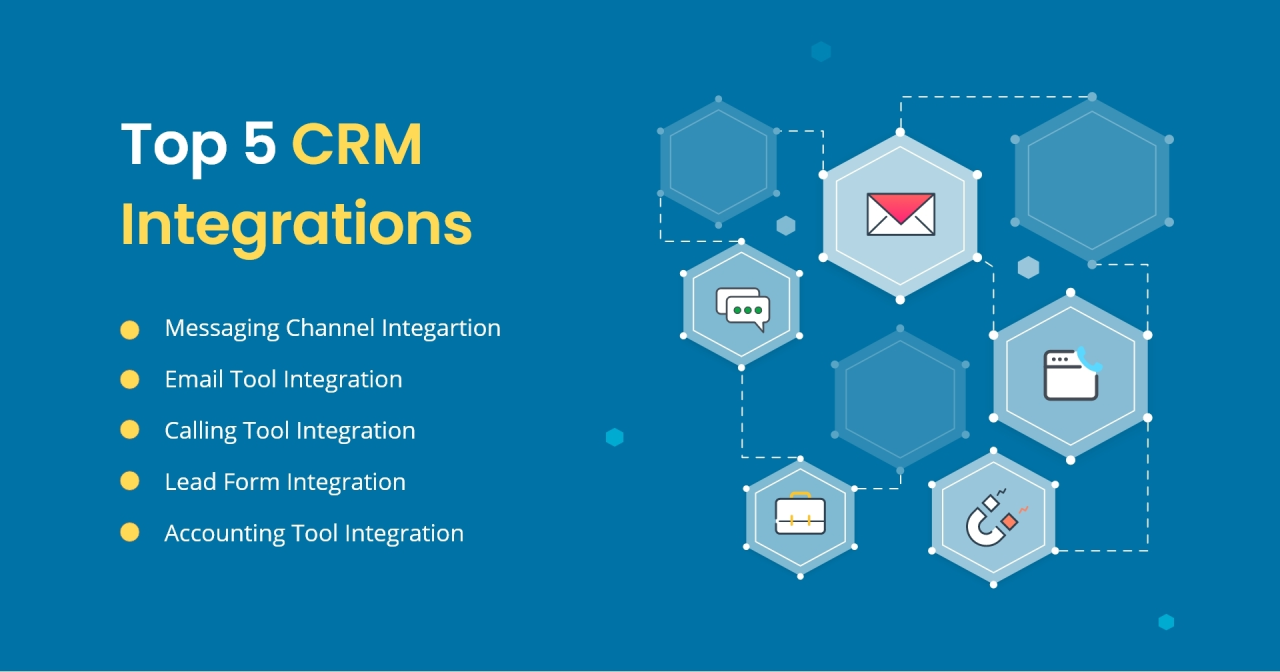
A CRM’s ability to scale and adapt is crucial for sustained business growth. As your company expands, so too should your customer relationship management system. A scalable CRM can handle increasing data volumes, more users, and evolving business needs without compromising performance or functionality. Simultaneously, customization allows you to tailor the CRM to your specific workflows, enhancing efficiency and productivity.
This synergy between scalability and customization ensures your CRM remains a valuable asset throughout your company’s journey.The ability to customize a CRM significantly improves workflow efficiency. By configuring the system to mirror your specific business processes, you eliminate unnecessary steps, automate repetitive tasks, and improve data accuracy. This leads to increased productivity, reduced operational costs, and improved employee satisfaction.
A well-customized CRM empowers your team to focus on higher-value activities, fostering a more streamlined and effective operation.
CRM Platforms with Robust Customization Options
Several CRM platforms offer extensive customization capabilities. Salesforce, for instance, provides a comprehensive suite of tools, including its AppExchange marketplace, allowing businesses to add functionalities and integrate with other applications. Salesforce’s declarative customization, through its configuration options, allows for extensive tailoring without requiring coding expertise. Similarly, Microsoft Dynamics 365 boasts a highly configurable platform, enabling businesses to adapt workflows and dashboards to match their unique needs.
Zoho CRM also offers a range of customization options, from workflow automation to custom fields and reporting, catering to diverse business requirements. These platforms provide a balance between ease of use and advanced customization capabilities, ensuring that businesses can tailor their CRM to their specific needs without significant technical hurdles.
Scalability Comparison of CRM Providers
The scalability of a CRM is critical for handling increasing data and user demands as a business grows. Let’s compare three popular providers: Salesforce, Microsoft Dynamics 365, and Zoho CRM.
- Salesforce: Offers excellent scalability through its cloud-based architecture. It can seamlessly handle substantial data growth and increasing numbers of users. Salesforce’s infrastructure is designed for high availability and performance, even under heavy load. They offer various pricing tiers to accommodate different business sizes and needs.
- Microsoft Dynamics 365: Provides robust scalability options, leveraging Microsoft’s cloud infrastructure (Azure). It can efficiently manage large datasets and user bases. Similar to Salesforce, Dynamics 365 offers various deployment models (cloud, on-premise, hybrid) to cater to different scalability requirements and security preferences.
- Zoho CRM: While highly customizable, Zoho CRM’s scalability might be a limiting factor for extremely large enterprises. While it can handle significant growth, its scalability might not match the capabilities of Salesforce or Dynamics 365 at the very highest levels of enterprise scale. However, it offers a cost-effective solution for many businesses experiencing moderate growth.
End of Discussion: Best Crm Ever

Ultimately, the “best CRM ever” is the one that best serves your business’s unique needs. By carefully considering factors like essential features, integration capabilities, user experience, security, and scalability, you can confidently select a CRM system that streamlines your operations, fosters stronger customer relationships, and contributes to your overall success. Remember, the ideal CRM is not a one-size-fits-all solution; it’s a tailored fit designed to optimize your specific workflow and propel your business forward.
FAQ Section
What is the difference between a CRM and a contact manager?
A contact manager primarily focuses on storing and organizing contact information. A CRM is broader, encompassing contact management but also adding sales automation, marketing tools, and reporting capabilities.
How much does a CRM typically cost?
CRM pricing varies widely, from free plans with limited features to enterprise solutions costing thousands per month. Pricing models include free, freemium, subscription-based, and per-user fees.
Can I integrate my CRM with existing software?
Many CRMs offer robust integration capabilities with various software, including email platforms, marketing automation tools, and accounting software. Check the specific CRM’s integration options to ensure compatibility.
What are the security risks associated with cloud-based CRMs?
Cloud-based CRMs are susceptible to data breaches, unauthorized access, and service disruptions. Choose reputable providers with strong security protocols and data encryption measures.

